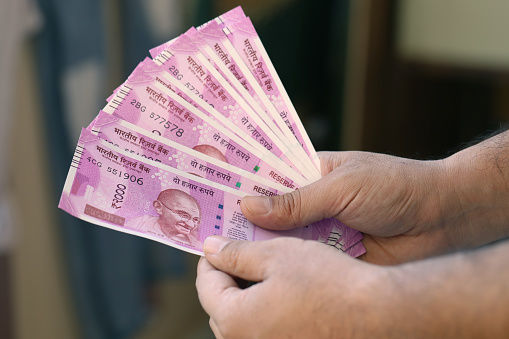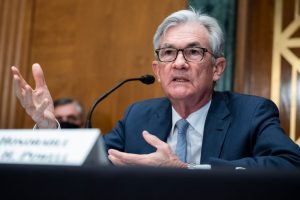The rate at which central banks borrow money from other financial institutions in the country is defined as the reverse repo rate. In India, the Reserve Bank does the borrowing, using it as an instrument of monetary policy that can help control the supply of money within the country.
If the reverse repo rate increases, the money supply will decrease and vice versa. Increasing, reverse repo rates would give banks more incentive to park their money with the central financial institution. This would reduce the money supply in the market.
Also Read | Why RBI kept repo rate unchanged, governor Shaktikanta Das explains
What is reverse repo rate for India?
In India, the rate at which Reserve Bank borrows money from other financial institutions in the short term is labelled the reverse repo rate.
RBI uses this to maintain liquidity and keep inflation in check in the Indian economy. While the Reserve Bank can get money when they want, the lenders, which are other financial institutions, are offered attractive interest rates in return.
Also Read | Soon withdraw cash from ATMs via UPI, here’s how
The Monetary Policy Committee (MPC) decides the reverse repo rate. The governor of RBI presides over the MPC, and this decision to change the reverse repo rate is taken in bi-monthly meetings of the MPC.
What happens if reverse repo rate is hiked or slashed?
Macroeconomic factors determine whether the central bank hikes or slashes the reverse repo rate. When banks are more incentivized to loan more money to RBI, due to heightened interest rates, the liquidity of the banking system and the economy decreases.
The RBI too borrows this money with government securities as collateral.
Also Read | RBI monetary policy: 10-year bond yield surpasses 7% for the first time since 2019
If banks earn less from lending money to the RBI, they can opt to invest more in money markets, which is a lucrative option. This increases liquidity and can result in lower interest rates on loans taken by the bank’s customers. However, this depends on the internal liquidity of the bank and the availability of apt investment options.







